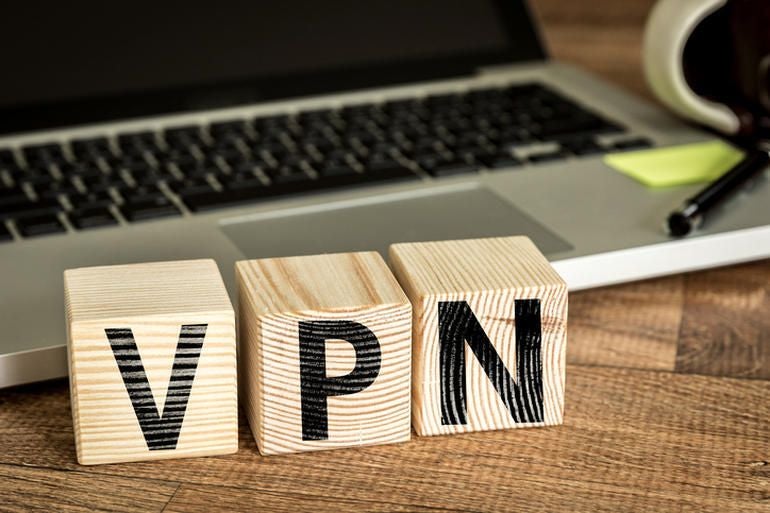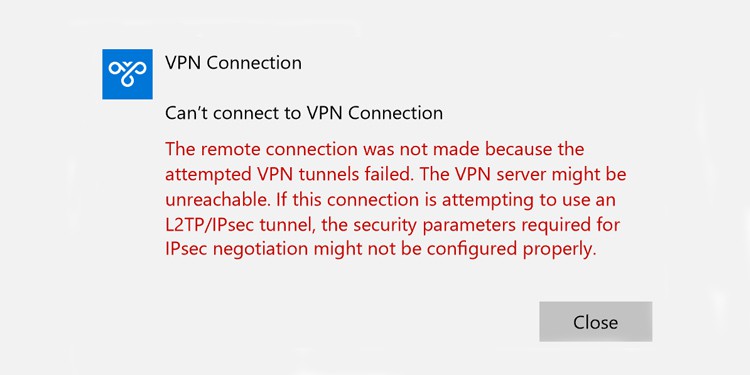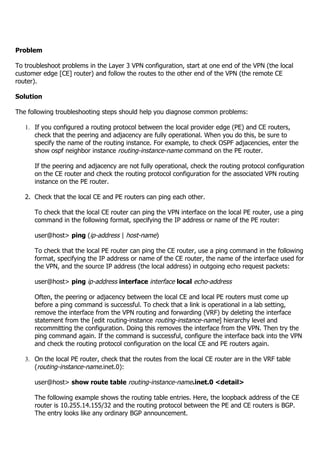Featured
Table of Contents
Troubleshooting Tough Vpn Problems - Strongvpn

The Routing and Remote Access snap-in lives within the Microsoft Management Console, referred to as the MMC. There are multiple methods to access the MMC. You can pick the console from the Start menu's Programs choices, within the Administrative Tools folder within Windows server's Control board or by typing mmc at a command timely.
As Tech, Republic's Brandon Vigliarolo demonstrates within his video at the start of this post, the Providers console displays the status of the Routing and Remote Access entry. From within the Solutions console and with the Routing and Remote Access entry highlighted, you can click Start the Service or right-click the entry and choose Restart.
In some cases the VPN client and VPN server are set to using various authentication approaches. Confirm whether an authentication mistake is the issue by opening the server console. Another technique of accessing the MMC is to type Control+R to open a command timely in which you can type mmc and hit Get in or click OK.
If the entry isn't present, click File, choose Add/Remove Snap-in, select the Routing and Remote Access option from the choices and click Add, then OK. With the Routing and Remote Gain access to snap-in included, right-click on the VPN server and click Properties. Then, examine the Security tab to verify the authentication approach.
Common Vpn Error Codes And Solutions For Windows 11/10
Guarantee the VPN client is set to the authentication method specified within the Security tab. Usually the items just examined are accountable for the majority of VPN connection refusal errors.
Each Web-based VPN connection usually uses two different IP addresses for the VPN customer computer. This is the IP address that's utilized to establish the preliminary TCP/IP connection to the VPN server over the Internet.

This IP address normally possesses the very same subnet as the regional network and therefore allows the customer to interact with the regional network. When you established the VPN server, you need to set up a DHCP server to appoint addresses to customers, or you can produce a bank of IP addresses to appoint to customers directly from the VPN server.


If this alternative is picked and the reliable remote gain access to policy is set to permit remote gain access to, the user will have the ability to connect to the VPN. Although I have been not able to re-create the scenario personally, I have heard rumors that a bug exists in older Windows servers that can trigger the connection to be accepted even if the reliable remote gain access to policy is set to reject a user's connection.
How To Fix Failed Vpn Connections - Troubleshooting Guide

Another common VPN issue is that a connection is effectively developed but the remote user is unable to access the network beyond the VPN server. By far, the most common cause of this problem is that permission hasn't been granted for the user to access the whole network. To enable a user to access the entire network, go to the Routing and Remote Access console and right-click on the VPN server that's having the problem.
At the top of the IP tab is an Enable IP Routing check box. If this check box is made it possible for, VPN users will be able to access the remainder of the network, assuming network firewalls and security-as-a-service settings allow. If the checkbox is not selected, these users will be able to gain access to just the VPN server, however nothing beyond.
For example, if a user is calling directly into the VPN server, it's usually best to configure a static path between the customer and the server. You can configure a static path by going to the Dial In tab of the user's homes sheet in Active Directory Users and Computers and selecting the Apply A Fixed Path check box.
Click the Add Route button and after that go into the destination IP address and network mask in the area provided. The metric should be left at 1. If you're utilizing a DHCP server to designate IP addresses to clients, there are a couple of other issues that could trigger users not to be able to go beyond the VPN server.
11 Vpn Troubleshooting Tips: Quick & Easy Fixes In 2023
If the DHCP server assigns the user an IP address that is currently in use in other places on the network, Windows will spot the conflict and prevent the user from accessing the remainder of the network. Another common problem is the user not getting an address at all. Most of the time, if the DHCP server can't designate the user an IP address, the connection will not make it this far.
If the client is designated an address in a variety that's not present within the system's routing tables, the user will be unable to navigate the network beyond the VPN server. Ensure the resources the user is attempting to access are actually on the network to which the user is connecting.
A VPN connection to the other subnet might, in truth, be required. A firewall software or security as a service option might also be to blame, so don't forget to review those services' settings, if such components are present in between the VPN server and the resources the user looks for to reach.
The first possibility is that one or more of the routers included is performing IP package filtering. IP package filtering might prevent IP tunnel traffic. I recommend inspecting the client, the server and any devices in between for IP package filters. You can do this by clicking the Advanced button on each maker's TCP/IP Residences sheet, picking the Options tab from the Advanced TCP/IP Settings Residence sheet, choosing TCP/IP Filtering and clicking the Characteristics button.
Latest Posts
Business Vpn For Small & Enterprise Companies
What Is A Business Vpn? │ Business Vpn Uses And ...
5 Best Vpns For Mobile Data To Protect Your Privacy